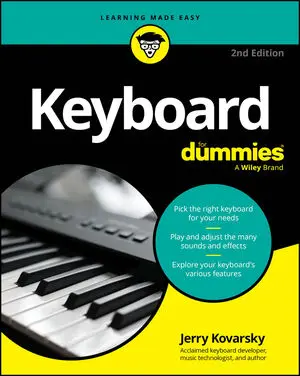Your keyboard is brimming with features and cool capabilities, like any self-respecting tech product these days is. You can just turn on your keyboard and start playing, and you’ll have a great time. But these are electronic keyboards, and they do so much more than that.
Some keyboards offer a small grouping of sounds; simple digital pianos may have 16 or so. But most offer at least 100 and sometimes thousands. Finding them, selecting them, and understanding whether they’re simple single sounds or complex combinations of instruments stacked on top of each other or split between your hands takes some study.
What you hear coming out of a keyboard is actually more than just a sound; it almost always has some extra sonic treatment called effects added to it. Effects are audio treatments such as reverb, chorus, EQ, and delay, and they add to the spaciousness, color, and tonality of each sound.
Even in simple keyboards, you have the choice whether to use them, and many keyboards allow you to vary the settings of their effects to produce different results, sometimes completely changing what effect a sound uses.
Many of today’s keyboards have some functions that can do some playing on their own (with your guidance, of course). You can sit back and let the keyboard do some of the work. The most common features are
Drum rhythms: All portables and arrangers and many high-end digital pianos offer an on-demand drummer to add some groove to your performance. You can select the choices from the front panel, add fancy transitions called fills, and sometimes select progressively busier variations. Some stage pianos, synths, and workstations also offer these grooves, although they may be lurking within the arpeggiator feature.
Auto-accompaniment: How about having a full backing band ready to play whatever style of music, song, or chords you think of? Portables, arrangers, and some high-end digital pianos can do that and more. If you haven’t been around keyboards and music for some time, you may not realize just how good the backing bands on today’s keyboards have become. In a word: amazing!
Arpeggiation: With arpeggiation, you hold a few notes or a chord, and the keyboard repeats them over and over in a dizzying array of possible patterns — from simple up and down repetitions to pulsing grooves to complex rhythmic patterns.
An arpeggiator is often what produces the fancy riffs you hear in pop and dance music. Many of the more advanced options can also produce realistic guitar strumming, harp flourishes, and even drum grooves.






